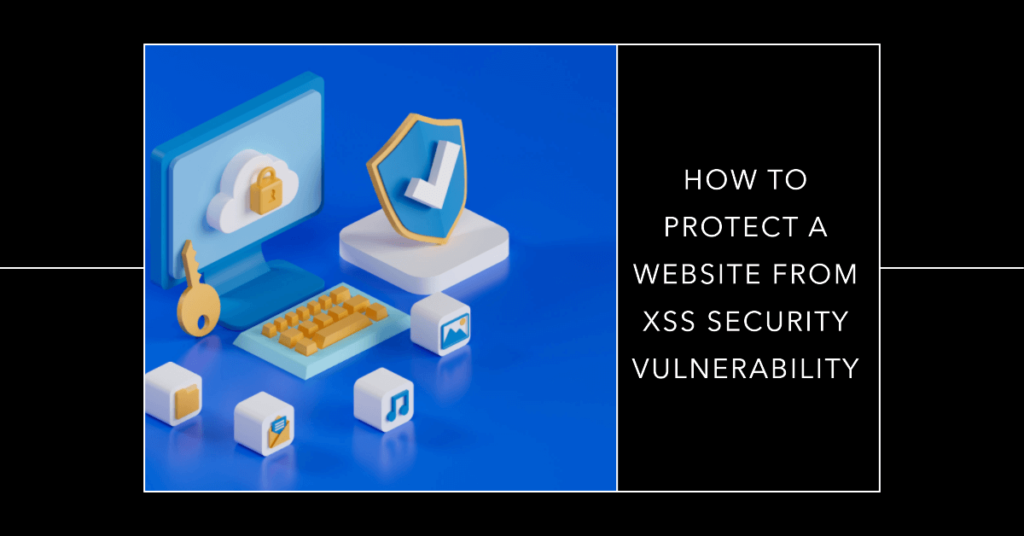XSS stands for Cross-Site Scripting. It allows hackers to exploit web security vulnerabilities to access internet users’ data. Although modern websites use origin policies, hackers can use XSS attacks to bypass these policies and intrude into website interactions and transactions. Statistics show that around 30,000 websites are hacked worldwide every day.
Thanks to XSS, cybercriminals can launch malicious JavaScript attacks on any internet user who visits your website to steal their data, identity, financial information, etc.
Once an attacker gets hold of the data, they can impersonate their victim and perform any actions the user would normally perform. This is how hackers take control of website data and functionality.
Fortunately, there are several ways to prevent XSS attacks. Read on to find out more.
Seven tips to protect your website from XSS
Here are seven top pro tips on how to best protect your website from cross-site scripting and ensure every visitor enjoys the highest level of security.
1. Create a content security policy
A Content Security Policy (CSP) can reduce the severity of cross-site attacks, helping you make your website more resilient to XSS vulnerabilities.
CSP is an HTTP response header that determines the functions your website can perform. This makes it able to block XSS attacks.
2. Implement user encoding and escaping
Escaping is the process of converting the key characters in the website data to prevent malicious attacks.
You can protect your website from XSS by using encoding and escaping techniques for input use cases, such as: B. JavaScript escape, CSS coding, URL or HTML escape.
When you encrypt user-controllable data output, you protect it from misuse by hackers.
3. Perform input validation
You should filter every user input before it enters your website to validate data. We recommend that you consider any information that comes from outside the system as untrustworthy.
Perform input validation using an allowlist of verified and trusted user input.
4. Use an SDL approach
An SDL, or Security development life cycleis an approach used when developing your website. It is a security approach that aims to reduce vulnerabilities, coding errors, and other website defects to make a website more resilient to cyber attacks such as cross-site scripting, malware, etc.
Because XSS attacks target logged in users, an SDL can prevent XSS from exploiting vulnerabilities.
5. Customize your META tags
You can significantly reduce XSS exploitation by customizing your META tags or using the correct META tag on each webpage to reduce the number of input forms that could be targeted by XSS script injections.
6. Use a website scanner
With a website scanner, you can regularly monitor your websites for security vulnerabilities, malware infections, and any other signs of a security compromise.
Cybersecurity tools like Sucuri can help you identify security issues before they escalate beyond repair and ensure protection against known cybersecurity threats.
Scan your website with Sucuri to detect viruses and security threats
7. Create a cross-border policy
A cross-border policy adds another layer of security to your website by ensuring that every visitor is required to enter their login credentials to access certain services and pages on your website.
This reduces the likelihood of hacking attacks by preventing cybercriminals from hijacking login sessions.
Diploma
Because XSS attacks can damage your company’s reputation and the security of your users, you should consider them one of the most dangerous cyber threats on the Internet. Luckily, these tips can help you prevent them before they cause serious damage to your brand.

